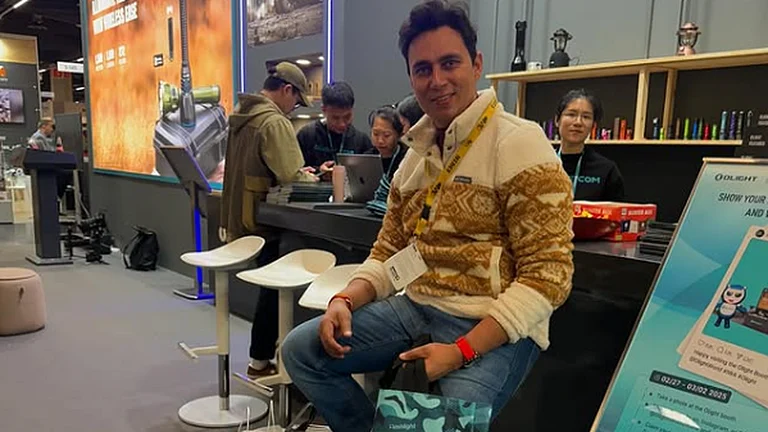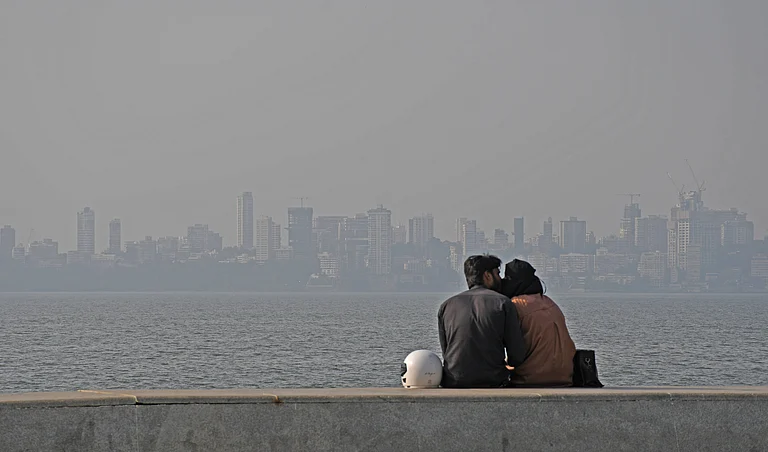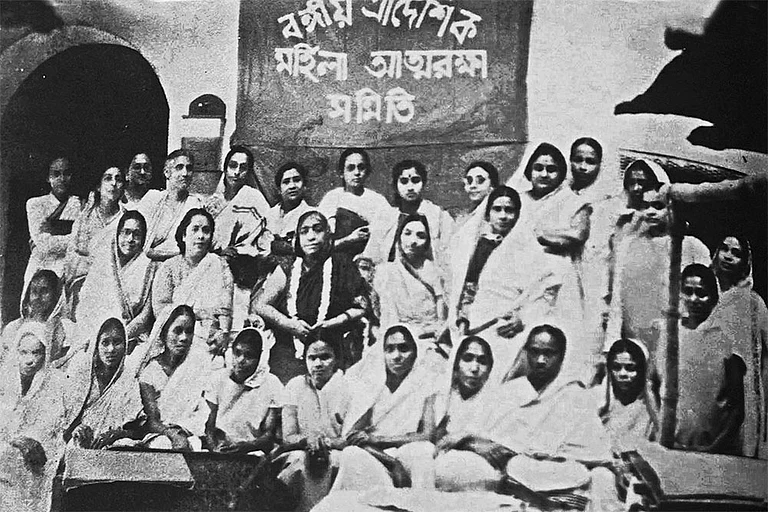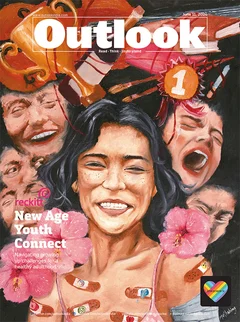Embarking on the exploration of human sexuality is akin to navigating a complex maze, revealing the dynamic nature of our language, our most powerful tool, always in flux. This expedition extends beyond the realm of semantics; it unfolds as a journey, a living narrative that I have witnessed evolving throughout my professional voyage.
In India, the interplay between language, gender and sexuality has undergone a profound evolution, challenging traditional norms and reshaping societal discourse. Language, as a reflection of cultural values, has historically played a pivotal role in shaping gender roles and attitudes toward sexuality. Over the years, there has been a discernible shift towards a more inclusive and nuanced vocabulary that acknowledges the diverse spectrum of gender identities and sexual orientations.
Language, once laden with gendered expressions that reinforced stereotypes, is gradually transforming into a platform for empowerment and inclusivity. From the vibrant screens of Bollywood, over-the-top (OTT) platforms, and social media, as well as the corridors of brands and marketing, new terminologies are being happily embraced, mirroring the influential role of the youth in shaping contemporary discourse. And as conversations around sex and sexuality become more open and nuanced, language becomes not only a tool for communication but a catalyst for social change.
A ground-breaking shift also involves an emphasis on naming body parts plainly - asserting that a vagina is a vagina, a penis is a penis, and sex is just that, sex
The evolution of terminology surrounding gender identities, such as agender, bigender and genderqueer, highlights a growing awareness and acceptance of individuals breaking free from conventional gender norms. This linguistic evolution serves as a catalyst for dismantling entrenched biases and fostering a society that recognises and respects the fluidity of gender. Consider, for instance, the shift in addressing the LGBTQIA+ community. The acronym itself has become a symbol of inclusivity and acceptance, finding its way into various spheres of life, including corporate spaces emphasising ‘Diversity and Inclusivity.’ The term ‘queer’, once used derogatorily, has been reclaimed as a powerful expression of fluid identities that challenge societal norms. In the context of India, where societal expectations can be stringent, adopting the term ‘queer’ is a courageous celebration of diverse identities, resonating with resilience and authenticity.

A groundbreaking shift also involves an emphasis on naming body parts plainly - asserting that a vagina is a vagina, a penis is a penis, and sex is just that, sex. This departure from veiled euphemisms is evident in many sex education campaigns in India, underscoring the importance of precise language in conversations about anatomy.
The term ‘Ally’ has gained prominence, too, highlighting individuals who actively support equal rights and acceptance. These allies play a crucial role in creating spaces where everyone can unfurl their authentic selves. In the Indian context, where conservative ideologies often clash with the push for inclusivity, the language of allyship becomes a beacon of hope and progress. The concept of intersectionality, recognising and addressing the challenges faced by individuals with multiple identities, becomes a guiding principle for empathy and inclusivity. Embracing intersectionality in language helps break down barriers and create spaces where diverse experiences are acknowledged and respected.
The evolution of terminology surrounding gender identities, such as agender, bigender and genderqueer, highlights a growing awareness and acceptance of individuals breaking free from conventional gender norms
The unexpected rise of the term ‘Pride’ in the Indian context is particularly noteworthy. Pride celebrations have become a testament to the spirit of resistance against discrimination and violence. In a country where conservative values often clash with the push for LGBTQIA+ rights, the language of pride becomes a powerful tool for advocacy and visibility. In a society where gender roles have been rigidly defined, embracing these terms provides a nuanced understanding of gender identities. Similarly, the acknowledgement of ‘asexuality’, a term once hardly known, marks a significant shift in understanding sexual attraction, fostering a more inclusive discourse around diverse experiences. Understanding and embracing this evolving language is a crucial step towards creating a more inclusive society in line with India’s cultural diversity. A rich vocabulary is needed to express authentic selves, making language not just a tool but a bridge connecting hearts and minds in the beautiful journey of self-discovery.
The evolving language surrounding sexuality in India is also intricately linked to the broader movements advocating for social change and equality. Activism, both on the ground and online, has played a crucial role in challenging discriminatory language and fostering a more inclusive lexicon. Social media platforms have become powerful tools for advocacy, allowing marginalised communities to reclaim narratives and shape public discourse. Hashtags, campaigns, and online discussions have propelled the spread of inclusive language, breaking down barriers and inviting individuals from diverse backgrounds to engage in conversations around gender and sexuality.
However, challenges persist in the vernacular languages of India, where deeply rooted cultural norms and conservative attitudes can impede the adoption of more progressive terminology. Whether in Hindi or other regional languages, there is a pressing need to engage vernacular content across various platforms to facilitate understanding and foster constructive dialogues around sexuality. Bridging this linguistic gap is essential to ensure that the evolving language of sexuality is accessible to a broader audience. It requires concerted efforts in education, media representation and community engagement.
I hope we continue to navigate this complex and ever-evolving landscape of sexuality worldwide. Let’s celebrate the diversity that makes us beautifully, authentically, and uniquely human. By embracing the evolving language of sexuality, we empower ourselves to shape a society that truly respects and understands the spectrum of human experiences. After all, in this journey, every word carries the power to transform and illuminate the path forward.
MORE FROM THIS ISSUE
The author is the Co-founder and Head of Love Matters India / Development Consortium




























